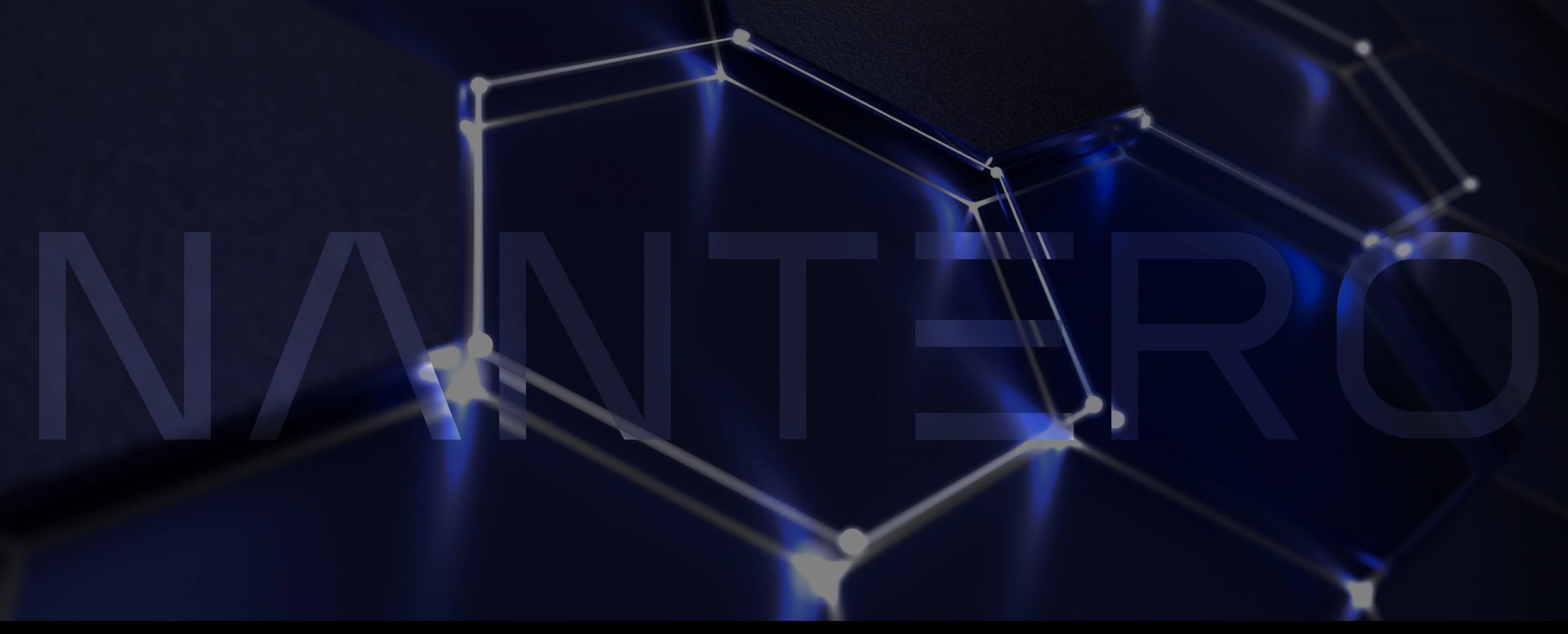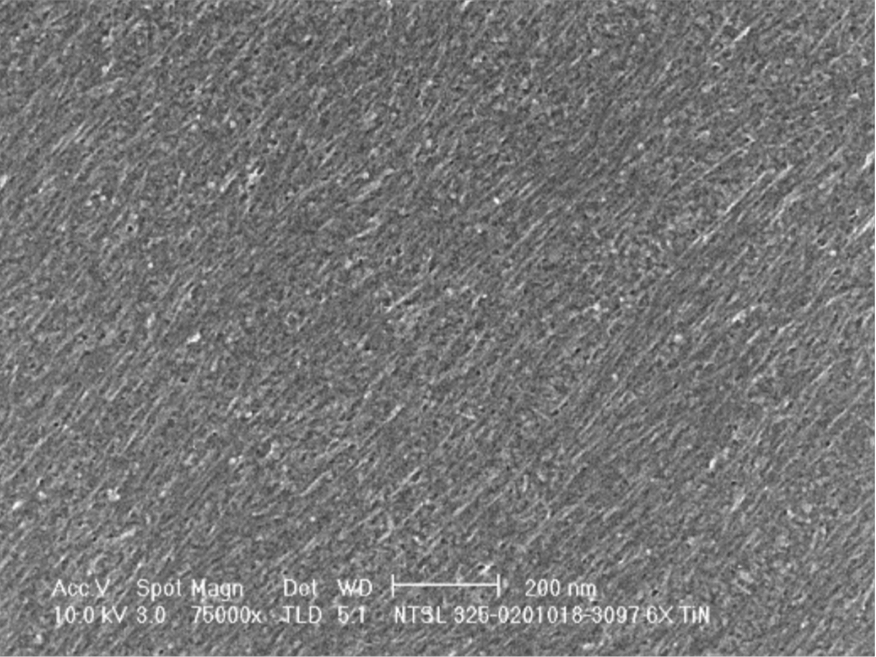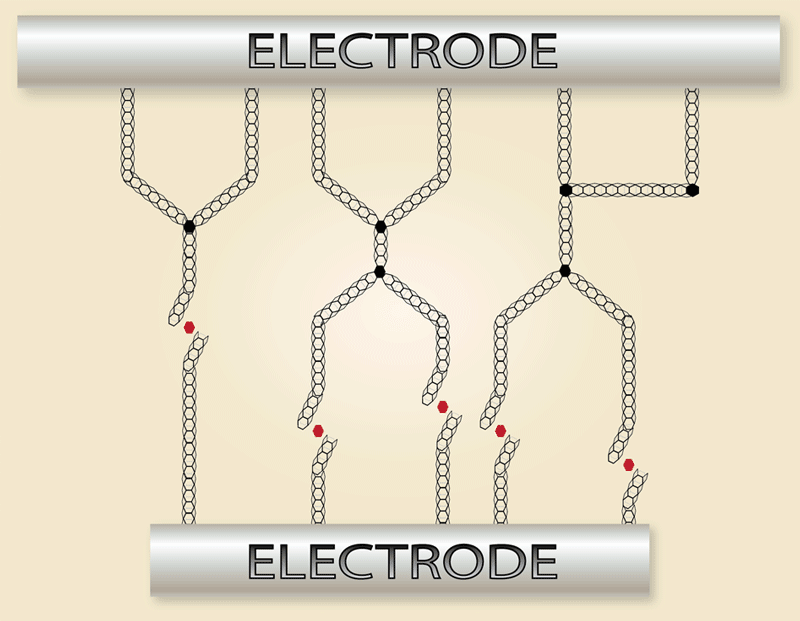Advancements in Nanotechnology
Nantero’s NRAM® leverages leading-edge research in nanotechnology and the innovative use of carbon nanotube (CNT) technology. Considered one of the strongest materials known to man, CNTs possess unique structural and electrical properties that make it ideal for delivering a new generation of super fast, ultra-high-density and extremely low power memory. With one carbon nanotube being just 1/50,000th the diameter of a human hair, these tiny cylinders are 50 times stronger than steel, half the density of aluminum, and have better thermal and electrical conductivity properties than any other material scientists are aware of today.
While the advantages of CNTs have long been touted in the industry, Nantero is the first company to actively develop semiconductor products using this technology in a production CMOS fab. This breakthrough achievement is now protected as part of the company’s leading patent portfolio, which consists of more than 265 US patents issued to date and many more pending.
Carbon Nanotube used to create Nantero’s NRAM® 50 times stronger than steel 1/50.000th the diameter of a human hair
The NRAM Advantage
Nantero’s NRAM is as fast as and denser than DRAM, nonvolatile like flash, has essentially zero power consumption in standby mode and 160x lower write energy per bit than flash, and is highly resistant to environmental forces (heat even up to 300 degrees C, cold, magnetism, radiation, vibration). NRAM is compatible with existing CMOS fabs without needing any new tools or processes, and it is scalable even to below 5nm.
Given that it requires a small number of process steps and only one mask layer, NRAM can be fabricated at low cost, and is compatible with both 3D multilayer architectures and MLC operation. This makes NRAM the ideal solution for the next generation of memory technology for both standalone and embedded applications.
NRAM Technology
NRAM is based on forming a film of CNTs that are deposited onto a standard silicon substrate that contains an underlying cell select device and array lines (typically transistors or diodes) that interface the NRAM switch. Figure 1 is a SEM image of the deposited film (or fabric) of crossed nanotubes that can be either touching or slightly separated depending on their position.
The NRAM acts as a resistive non-volatile random access memory NVRAM and can be placed in two or more resistive modes depending on the resistive state of the CNT fabric. When the CNTs are not in contact the resistance state of the fabric is high and represents a “0” state (see Figure 2). When the CNTs are brought into contact, the resistance state of the fabric is low and represents a “1” state.



